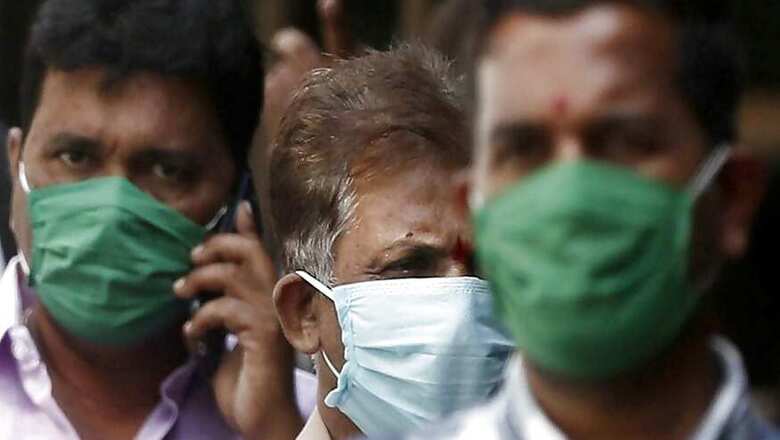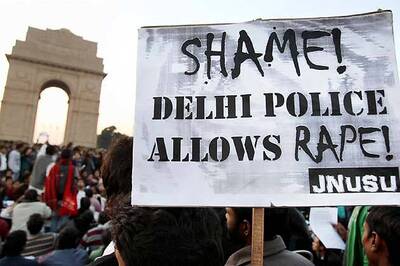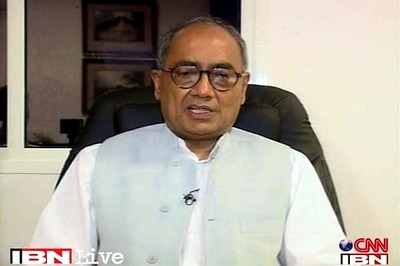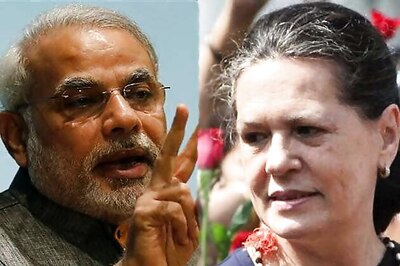
views
India witnessed a record hike in daily COVID-19 cases for three consecutive days since Friday. The country added more than 6,000 cases on Friday, 6,654 cases on Saturday, and 6,767 cases in the next 24 hours till Sunday morning. The total cases as on May 24 stood at 1,31,868.
The country has been under one of the world’s strictest lockdowns for two months now. However, as economic concerns force India to ease restrictions, the country may see an increase in coronavirus cases in the next few weeks.
Though it won’t be the first nation to witness such an uptick in cases on account of fewer restrictions in place.
After an exponential growth in the number of confirmed cases during March, Iran had registered an equally quick-paced recovery in April which left it with only a few thousand active cases at one point.
Emboldened by its response, Iran gradually began reopening its economy in late April to recover from the damages caused by the pandemic. But the reopening came with a price.
Iran had brought down its daily average COVID-19 cases to around 1,000 by the end of April. The impact of the lifting of restrictions became visible only in May when the daily average increase almost doubled. The country is now facing a second wave of infections.
Likewise, as governments in some of the most affected European countries moved to lift certain restrictions, a surge in the number of cases was seen.
Earlier this month in Wuhan, China, where the authorities were believed to have contained the virus, new infections were recorded for the first time in several weeks.
Similarly, South Korea had found a cluster of new cases earlier this month after it eased restrictions on bars and clubs.
Two months into a nationwide lockdown, India is continuing on the path of exponential growth as far as the pandemic is concerned.
Tanmay Mahapatra, an epidemiologist who works as team lead for CARE India in Bihar, said that while there are several factors responsible for the increase in confirmed cases including varying levels of testing across states, more activity may possibly cause an increase in cases and, therefore, easing of restrictions needs to be implemented gradually.
“You cannot keep a country like India under lockdown forever. Some parts of the economy would need to be opened but that does not mean that the general public starts traveling from everywhere to everywhere,” Mahapatra said.
He added that containment zones should be considered on a more granular level going forward such as moving on from containment zones with larger areas to smaller containment zones/hotspots that have a large population.
Moreover, beyond such hotspots, there is a need to conduct random testing to understand asymptomatic transmission scenario even in areas where not many cases have been recorded.
Mahapatra explained that the latest increase over the past week cannot be directly attributed to the easing of lockdown and the impact of fewer restrictions would only become clear in the coming weeks. The current hike is aligned to and based on the general growth pattern that the country has witnessed till now.
India is now the 10th worst-affected nation worldwide and the curve does not seem to be flattening out.
“We are yet to see the worst. The way things are going, we can expect June to be much worse than April and May. There’s a high likelihood that we may see the peak in July,” Mahapatra said.




















Comments
0 comment